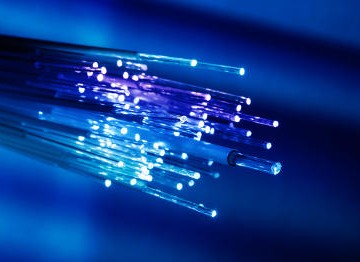SC14Optical fibers sensors: principle, technology and applications for structure monitoring
New trainingLevel: Basic/Advanced
Audience:
Engineers, technicians, users or project managers wishing to know more about these new instrumentation technologies, in particular optical sensor networks with innovative features.
Prerequisites:
Basic knowledge or knowledge in instrumentation, even a practice in measurement, and ideally some notions of optics
Language of the training: French
Maximum capacity: 12
Price: 1100 € HT -
Duration: 2 days - 14 h
Objectives
- Become aware of these new optical fibers sensing technologies
- Better understand the benefits, specificities and performance
- Have knowledge to exchange, propose, implement these technologies

Addressed topics
Optical fibers
- Reminders about the main characteristics
- Specificities for the field of sensors
Optical fibers sensors
- Different types of sensing, principles of operation, advantages, configurations, specificities...
Optical fibers sensor networks
- Distributed sensors (Bragg networks, etc.)
- Remote sensors (retrodiffusion, Rayleigh, Raman and Brillouin phenomenons)
- Performance
- Advantages
Industrial applications
The program
Optical fiber
- Reminder of the metrological terms required to characterize a sensor - User Assessment Criteria
- What is a fiber, different types, markets
- Main characteristics (attenuation, dispersion, conservation of polarization...) and performance
- Manufacturing methods
- Special sensor fibers; "All-fiber" components (coupler, polarizer...); Connections
Optical Fibers Sensors
- A short history of the field of OFS
- The paradox underlying the different modes of use of fibers
- Components of an OFS, their benefits; What types of sensing by OFS
- Detailed examples of the different modes of interaction
- Different types of light modulation
Optical Fibers Sensors Networks and Distributed Sensors
- Two large families of OFSN (OFS networks distributed vs. remote)
- OFS with Bragg gratings (principle, photo-inscription, characteristics, sensitivity...)
- Bragg transducer sensors and measurement / demultiplexing systems for fiber sensors+B120 with Bragg gratings
- Detailed examples of applications (Civil Engineering, public works, petroleum sector, various fields of use of composite materials, Railway...)
Optical Fibers Sensors Networks of distributed type
- Distributed OFSN and the underlying philosophy
- Principle of measurement points multiplexing
- Elastic / inelastic scattering phenomena in the fiber (Rayleigh, Raman and Brillouin)
- Principles of Raman measurement instruments, performance
- Detailed examples of applications in works monitoring
- Principles of Brillouin measurement instruments, performance
- Continuously sensitive measurement cables
- Examples of infrastructure monitoring applications
Assessment
Methodology and assessment
Tutorials and exercises
Pedagogical manager(s):
- Pierre Ferdinand - Senior consultant

